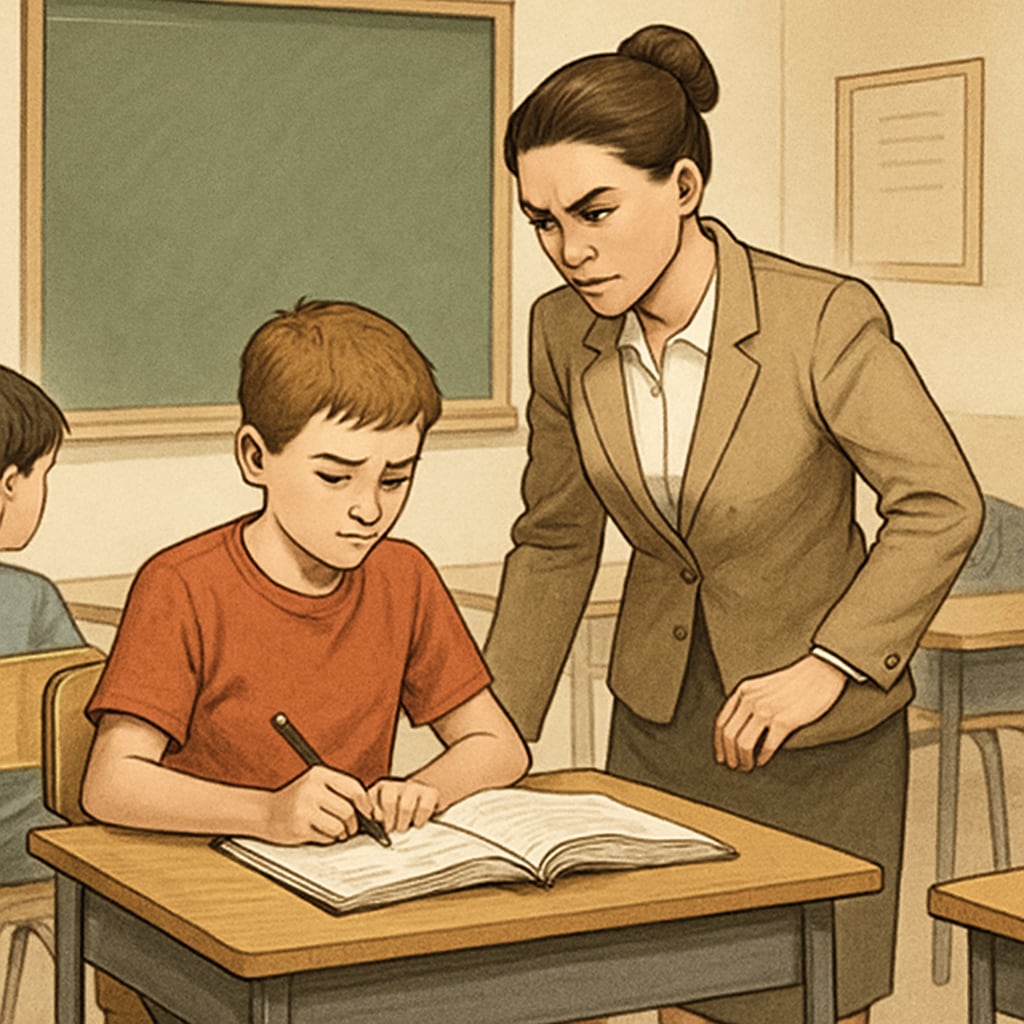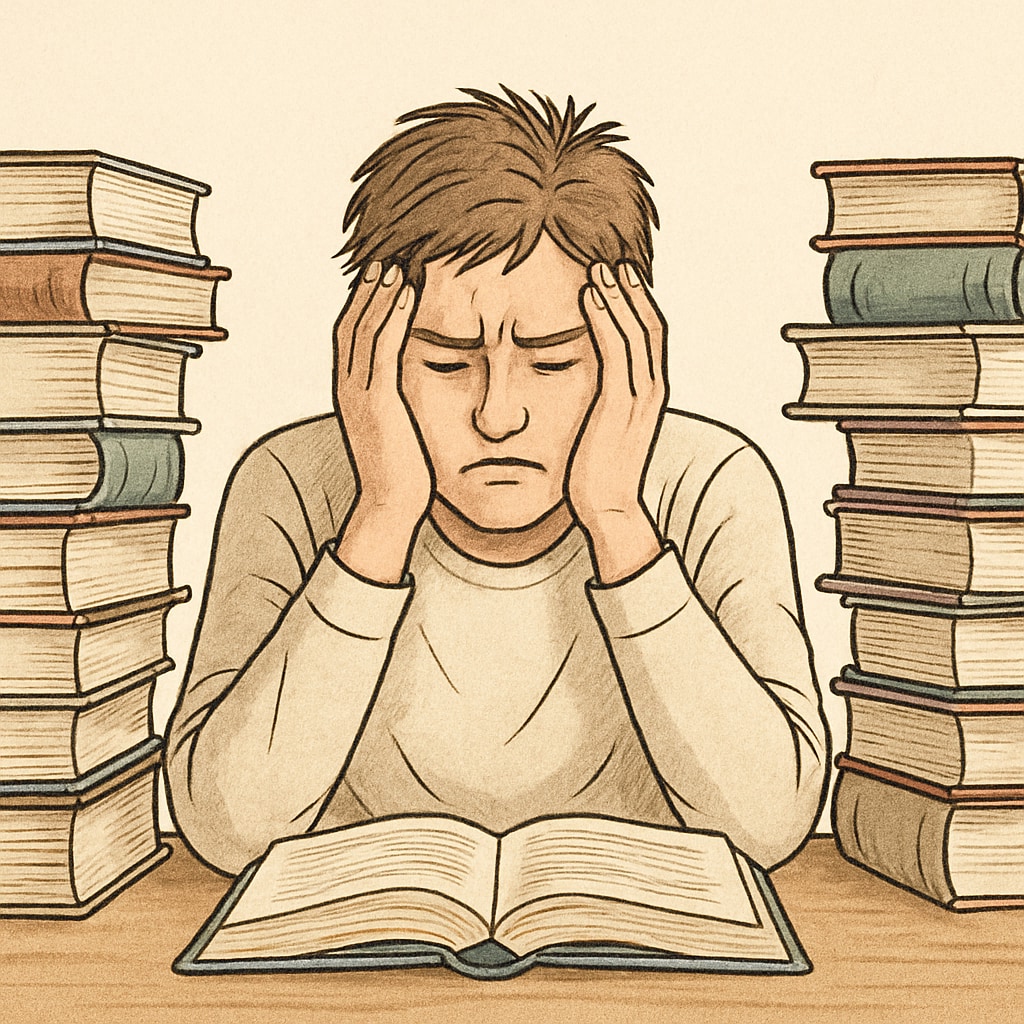In the pursuit of excellence, where should educators draw the line between pushing students to their limits and nurturing their psychological well-being? The ethical dilemma of balancing “strict teaching methods” with “care in education” is a recurring theme in both real life and fiction. The movie Whiplash, which depicts the intense dynamic between a student drummer and his demanding music teacher, provides an extreme example of education’s potential to inspire greatness—or inflict harm. In this article, we delve into the moral complexities of strictness and compassion in K12 education, exploring how educators can strike a balance that fosters personal growth without crossing into harmful territory.

The Fine Line Between Motivation and Pressure
Strict teaching methodologies have long been associated with driving students to achieve exceptional results. Historical figures like Ludwig van Beethoven and Olympic athletes often cite rigorous training as a foundation for their success. However, these methods come with risks, particularly in K12 education, where students are still developing emotionally and cognitively.
One of the key challenges lies in distinguishing between motivation and undue pressure. While a certain level of challenge can push students to unlock their potential, excessive stress can lead to burnout, anxiety, and even long-term psychological harm. For instance, a study conducted by the American Psychological Association highlights the detrimental effects of high-pressure environments on young learners, emphasizing the importance of fostering a supportive atmosphere.
To navigate this fine line, educators can employ strategies such as:
- Setting realistic yet aspirational goals tailored to individual students’ abilities.
- Providing constructive feedback that encourages improvement without demoralizing the learner.
- Monitoring signs of stress or disengagement and adjusting teaching methods accordingly.

The Role of Emotional Intelligence in Teaching
While strictness is often associated with discipline and high expectations, care is rooted in understanding and empathy. Emotional intelligence (EI)—the ability to recognize, understand, and manage emotions—is a critical skill for educators striving to balance these two approaches. Teachers with high EI are better equipped to identify when a student is struggling and to respond in ways that promote resilience and self-confidence.
For example, a teacher noticing a student’s frustration might choose to offer encouragement rather than additional criticism. Such moments of care can have a profound impact on a student’s self-esteem and long-term motivation. According to a report by Britannica, incorporating emotional intelligence into teaching practices not only enhances academic outcomes but also supports students’ social and emotional development.
Furthermore, fostering an emotionally supportive environment does not mean compromising on academic rigor. Instead, it involves creating a culture where students feel safe to take risks, make mistakes, and learn from them. This balance allows educators to cultivate both excellence and well-being.
Striking the Ethical Balance
Ultimately, the question of how much strictness is “too much” depends on the individual student and the context. A one-size-fits-all approach is rarely effective, as students have diverse backgrounds, abilities, and emotional capacities. Educators must continually assess their methods and ask themselves: Are these practices helping or hurting the student in the long term?
To achieve this balance, schools and teachers can consider the following:
- Implementing regular training sessions for educators on ethical and psychological aspects of teaching.
- Encouraging open communication between students, teachers, and parents to identify concerns early.
- Incorporating mental health resources into school programs to support students under academic stress.
The goal is not to eliminate challenge or discipline but to ensure that these are delivered with empathy and care. By doing so, educators can inspire greatness without compromising the mental and emotional health of their students.
Conclusion: A Call for Reflective Teaching
The ethical dilemma of balancing strictness with care in K12 education is unlikely to have a definitive solution. However, by remaining reflective, empathetic, and adaptable, educators can create environments that promote both academic excellence and personal growth. As seen in Whiplash, the consequences of neglecting this balance can be severe, but the rewards of getting it right are immeasurable. Let us strive for an educational system that challenges students to achieve their best while safeguarding their well-being—an endeavor that requires both discipline and compassion.


